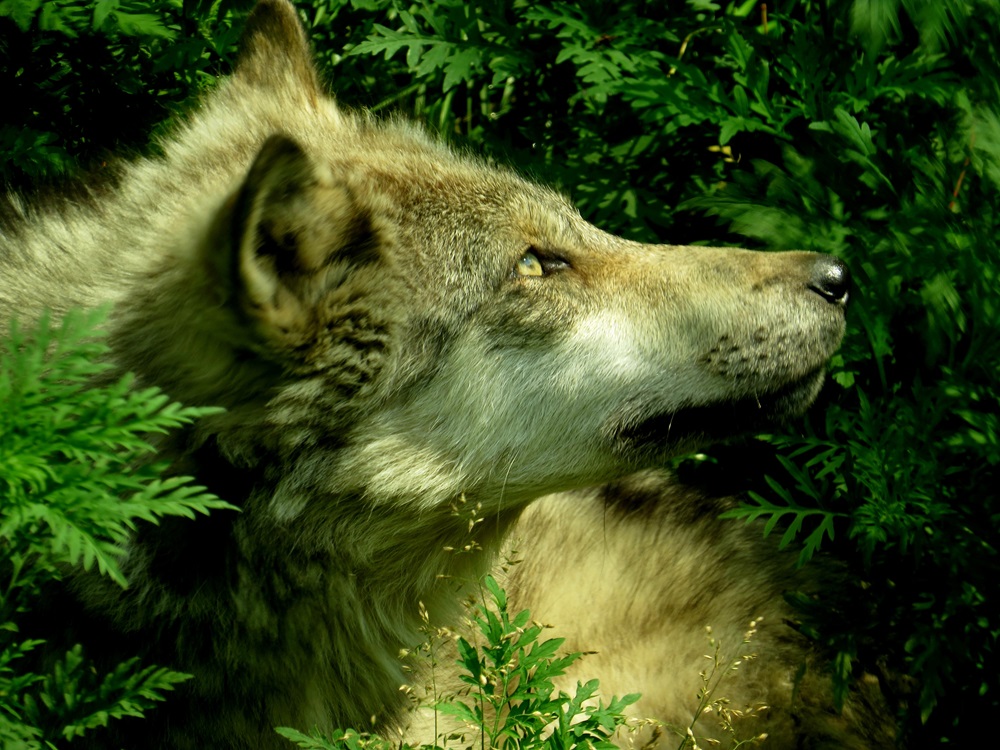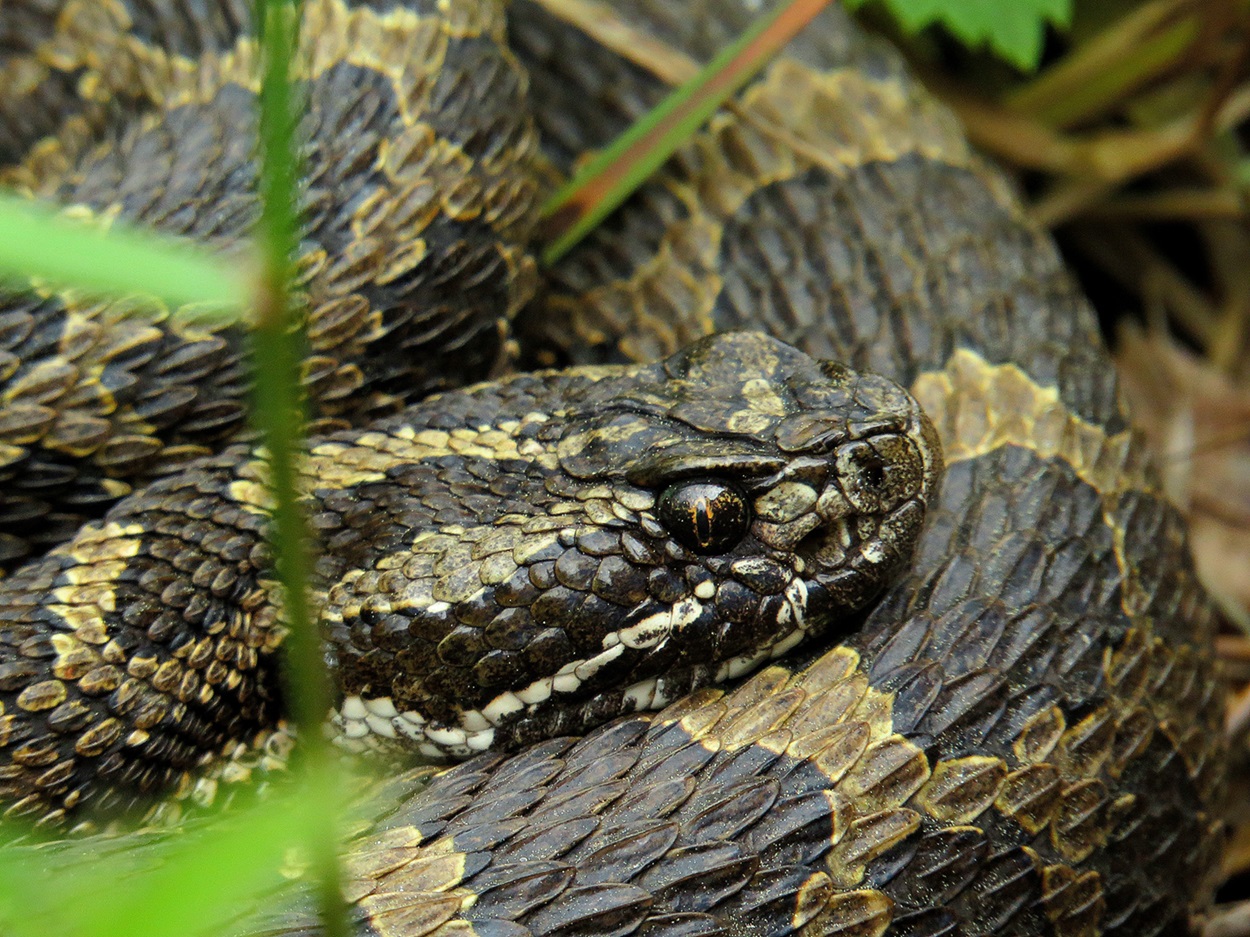The fox is a small, carnivorous mammal of the Canidae family. Four species are present in Canada: the red fox (Vulpes vulpes), the swift fox (Vulpes velox), the grey fox (Urocyon cinereoargenteus) and the Arctic fox (Vulpes lagopus). Red and Arctic foxes have a circumpolar distribution, whereas grey and swift foxes are only present in the Americas.

Red Fox
Red foxes are the largest species of fox in Canada, weighing between 2.5 and 6.5 kg. They may be reddish with a "cross" on the back or, rarely, black or may have silver-tipped hairs. Their feet and ear tips are black and their tail tip is white. Common in farming and wooded areas, they extend from the United States border to the tundra in all provinces, but are absent from coastal British Columbia.
They eat rodents, insects, frogs, seeds, fruit, eggs and some poultry. They breed in January and February. Usually, 4–5 cubs (range 1–10) are born 52–54 days later in a den of earth. Both parents feed them. Cubs become independent at about 6 months and breed in their second year.
Red foxes are listed as Least Concern by the International Union for Conservation of Nature (IUCN).
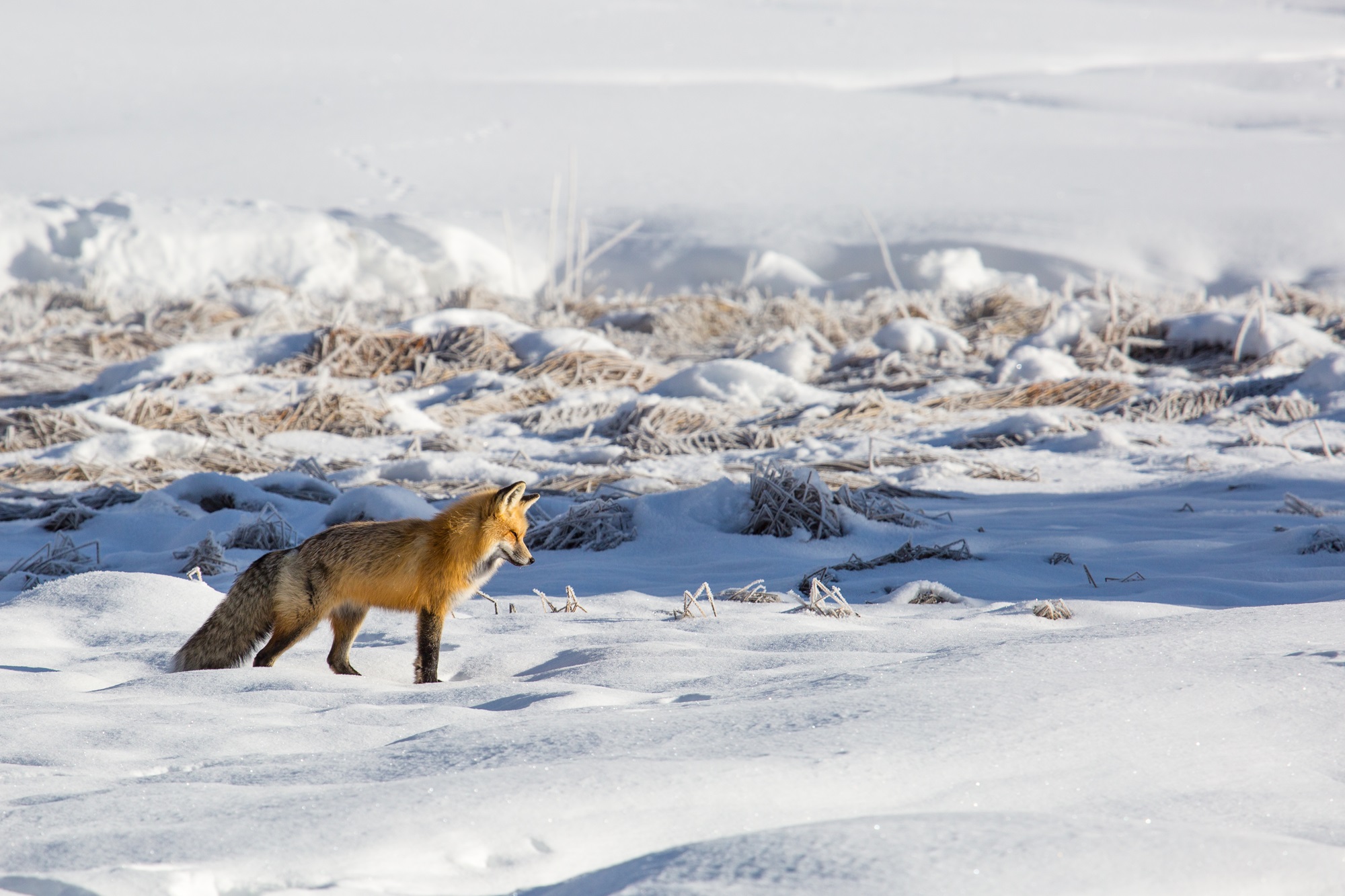
Swift Fox
Swift foxes are the smallest Canadian foxes. They occurred from southern Alberta to southwestern Manitoba but were considered extirpated from Canada by 1970. Individuals selected from a captive population, bred from animals obtained from Colorado in 1972, have been released since 1983 in the short-grass prairie of southeastern Alberta, near Manyberries and Medicine Hat, and in southwestern Saskatchewan. Some successful breeding in the wild is recorded.
Swift foxes are listed as Threatened in Canada’s Species at Risk Act.
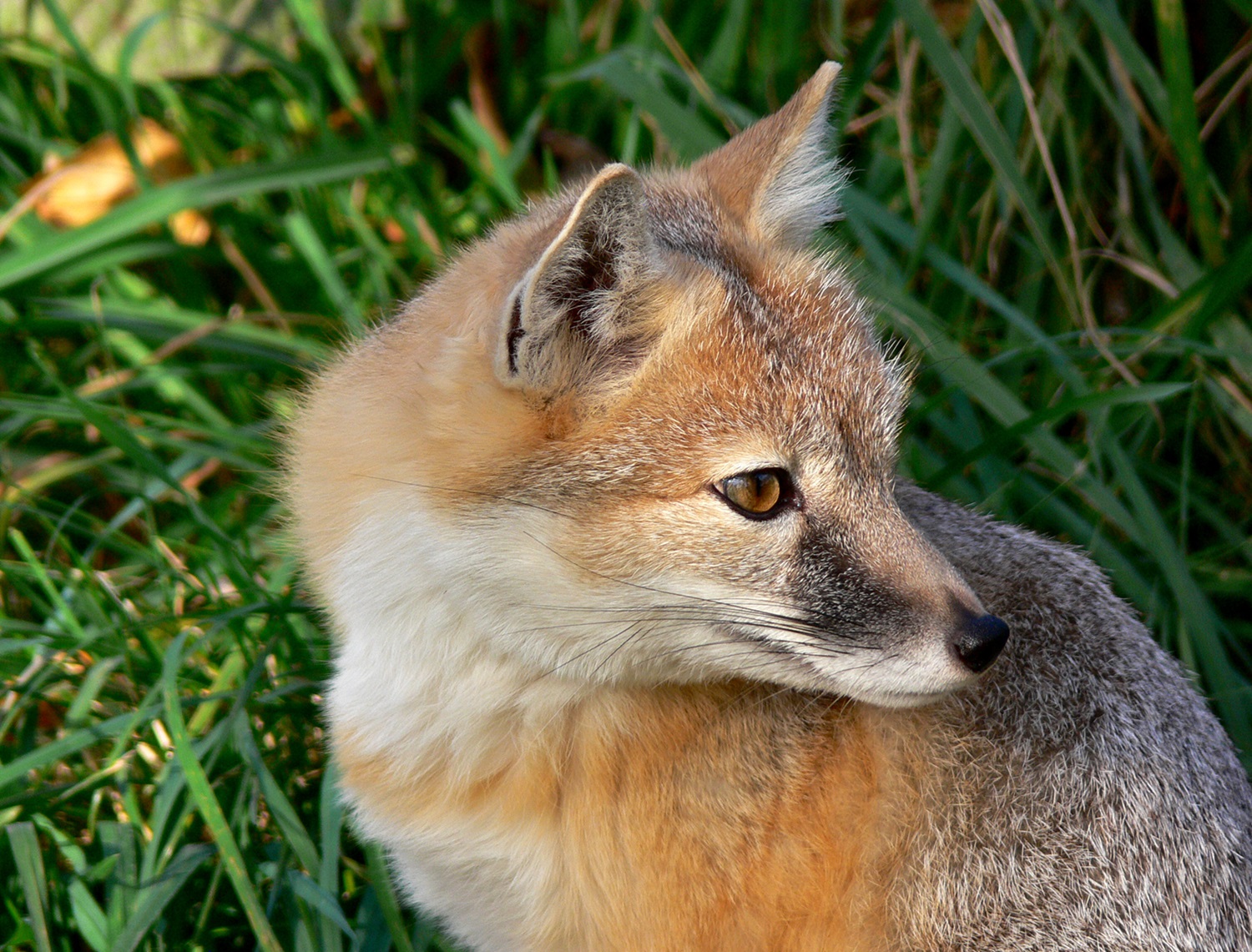
Grey Fox
Grey foxes, similar in food habits and size to red foxes, are slimmer, with slightly rounded ears, a black back stripe and speckled grey sides. Their undersides are off-white. Their neck, back of ears and legs are yellowish. They are found in southernmost Manitoba, Ontario and Quebec.
Grey foxes prefer wooded or broken country and live in hollow logs or overhangs. Grey foxes often climb trees, enjoy sunning themselves and are not strictly nocturnal. Mating is in February to March with litters averaging 4 cubs (range 1–7), born about 63 days later. Young become independent in autumn and breed the following season.
Grey foxes are listed as Threatened in Canada’s Species at Risk Act.
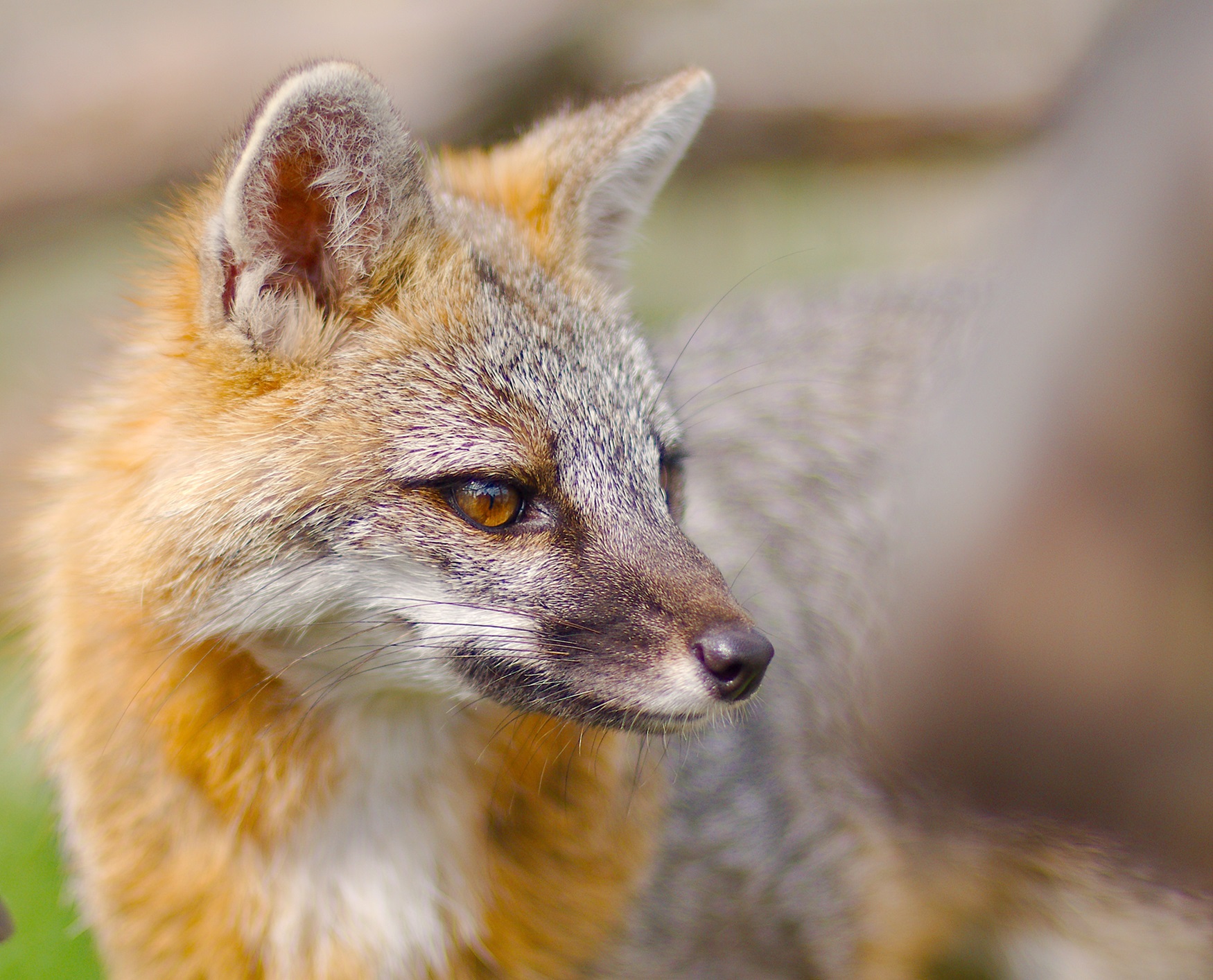
Arctic Fox
Arctic foxes are small, with rounded ears and heavy, white winter fur and dark brownish summer fur. They are normally restricted to the tundra and northern coasts. Their diet is similar to that of red foxes, and they scavenge other carnivores’ kills. Mating is in February, with 5–6 (maximum 14) cubs born 50–57 days later. Red and Arctic foxes were farmed for their pelts, but artificial furs have reduced the market.
Arctic foxes are listed as Least Concern by the International Union for Conservation of Nature (IUCN).
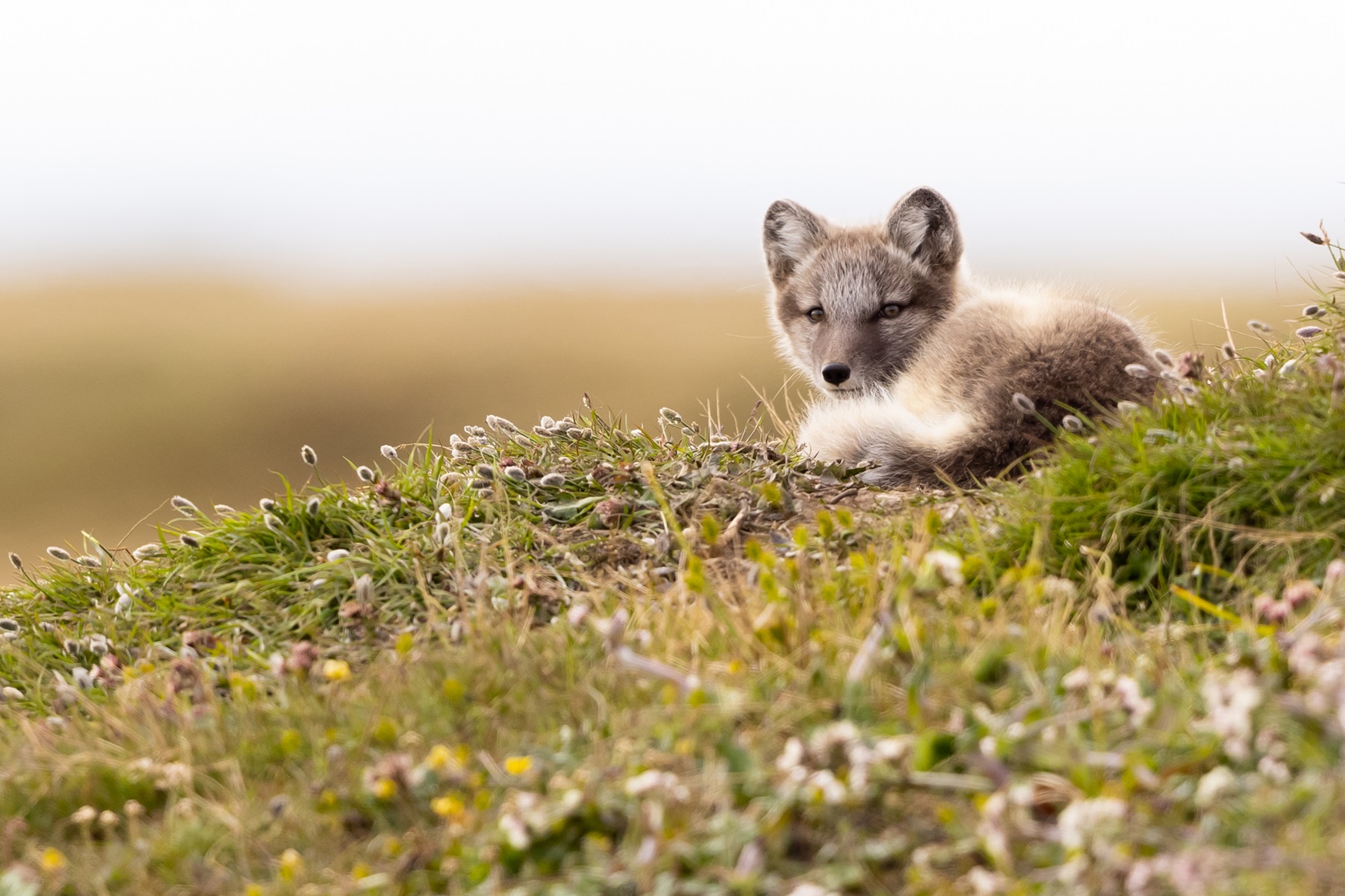
See also Fur Farming.

 Share on Facebook
Share on Facebook Share on X
Share on X Share by Email
Share by Email Share on Google Classroom
Share on Google Classroom
